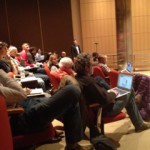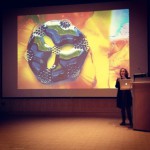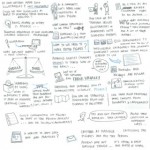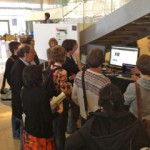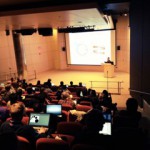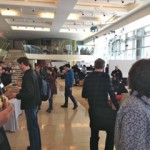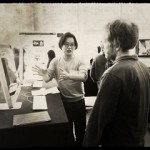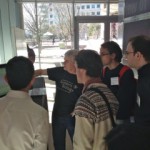A week after the VIZBI 2014, on March 10-11, EMBL Advanced Course ‘Cytoscape Developer’ will be held at EMBL Heidelberg. This two-day course will teach participants to develop Apps for the Cytoscape 3.x series.
Cytoscape is an open source software platform for visualisation of molecular networks and biological pathways. The system allows annotation and integration of these networks with gene expression profiles and other state data. While Cytoscape was initially built for biologists, the platform can be adapted to a broad range of network-related projects including bioinformatics, social network analysis and semantic web. Cytoscape has a very active App developer community which means that new functionalities and tailored solutions are constantly being added to the platform.
As part of the course, the participants will be introduced to the app development process as well as the key aspects of the Cytoscape API necessary to manipulate Cytoscape tables, networks, and user interface. The participants will then be guided on how to set up development environments on multiple platforms, and develop an initial Cytoscape App. The second day of this course will provide time for each participant to interact with the instructor and other participants to plan and develop their own Cytoscape app.
The registration is now open until Friday 31 January 2014. Please register here.



































